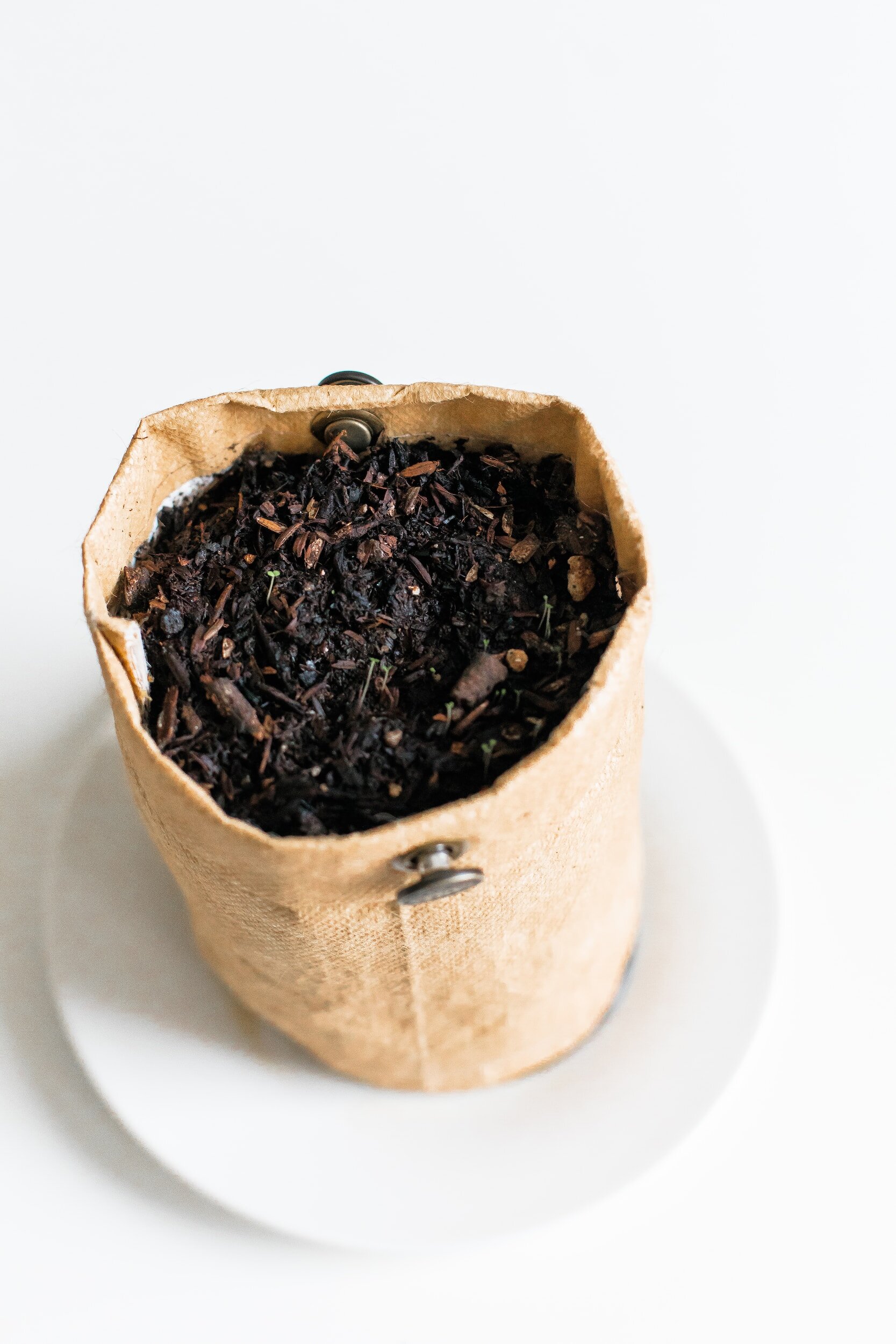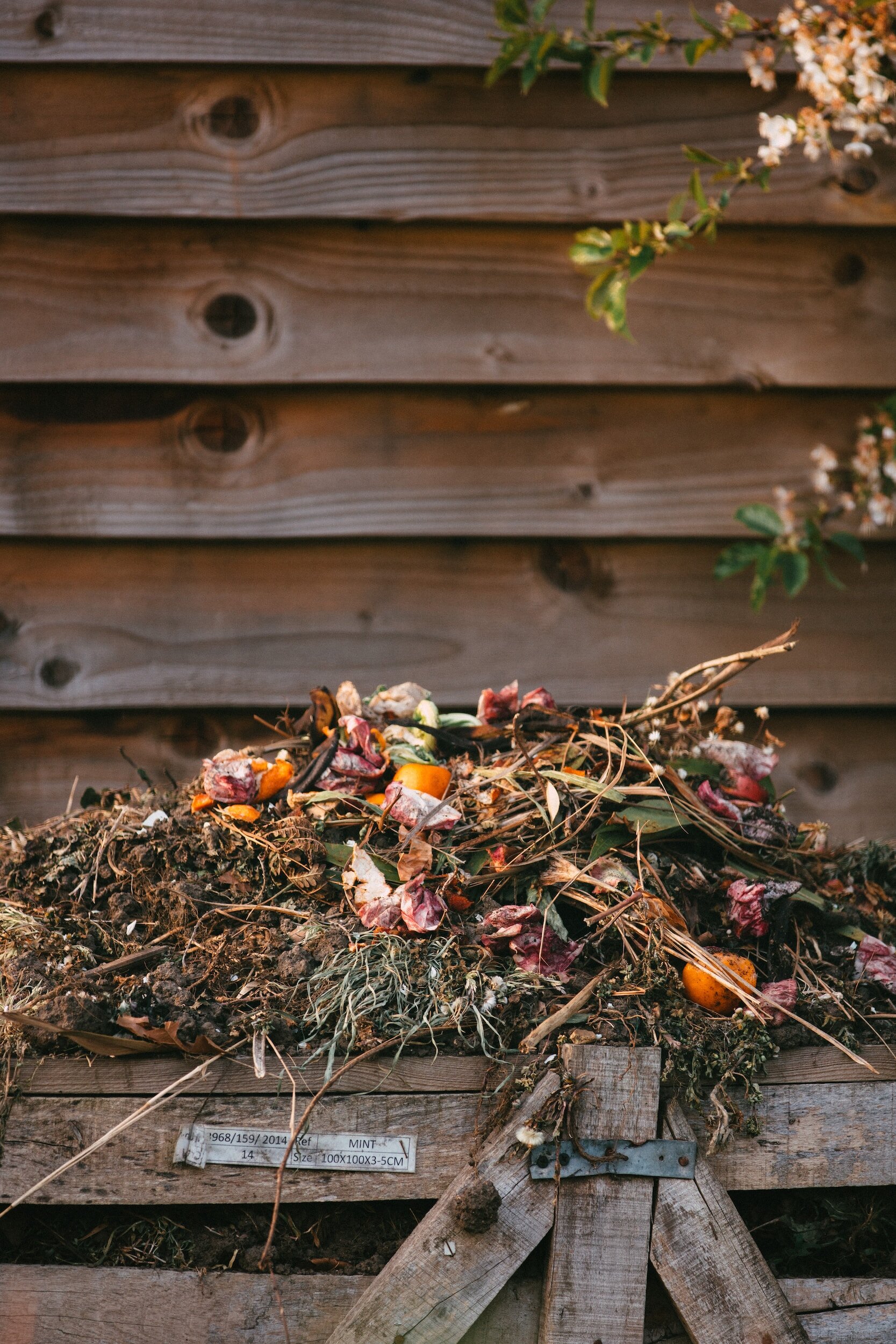It’s painless!
Indulge—for a little, in sustainability. With just two easy steps you’ll be on your way
Step 1: Food Scrap Collection
Compost can be contaminated by items that don’t break down naturally. Knowing what items are compostable is half the battle
-
Fruit and vegetable scraps, coffee grounds, loose tea leaves, eggshells, bread, and pasta are compostable. Paper products such as paper towels, paper bags, cardboard packaging, and newspaper are also compostable. Don’t forget about yard waste (e.g., dried leaves) too!
-
If composting at home, avoid composting animal products (including meat, eggs, and dairy products), citrus, oily or greasy foods, and pet waste. Plastics, metals, glass, and glossy paper (like magazines) are also not compostable. Check with your compost hauler (if applicable) for further guidelines
-
Refer to the “What Can I Compost” guide for further details. If you’re still in doubt, throw it out (trash it) to protect the compost ecosystem!
-
Store them in an indoor compost bin, the freezer, or a self-composting indoor system.
-
The only foolproof method is to store food scraps in the freezer as it will prevent mold growth, odor production, and pest attraction. Otherwise, if using an indoor compost bin, choose a dishwasher-safe option with an airtight seal and remember to empty it weekly. Carbon filters can also help mitigate these factors
Use the arrows to explore what you can
COMPOST





















Learn more below
Learn more below
Step 2: Disposal
Don’t worry, that pile of food scraps won’t live in your kitchen forever. Simply transfer the gathered food scraps to an outdoor compost bin or make use of a nearby compost collection service or drop-off point. Scroll down to learn more
Home Composting
If you have outdoor space, utilize a compost pile, compost tumbler, or use an electric indoor compost bin and add its product directly to your soil
Compost collection service
Collection services offer convenient curbside compost pick up. Households can use their local municipal service, if applicable, or hire a local collection service. If you’re unsure of what’s available in your area, click the “Disposal options near you” button below
Drop-off site
Local governments, small businesses, and community gardens frequently offer food scrap drop-off locations for residents. Click the “Disposal options near you” button below to see if there are options near you
Need a collection service or drop-off site? We’ve got you covered
Composting at home?
Excellent choice.
Let's get you set up
〰️
Composting at home? Excellent choice. Let's get you set up 〰️
@compostd_llc















